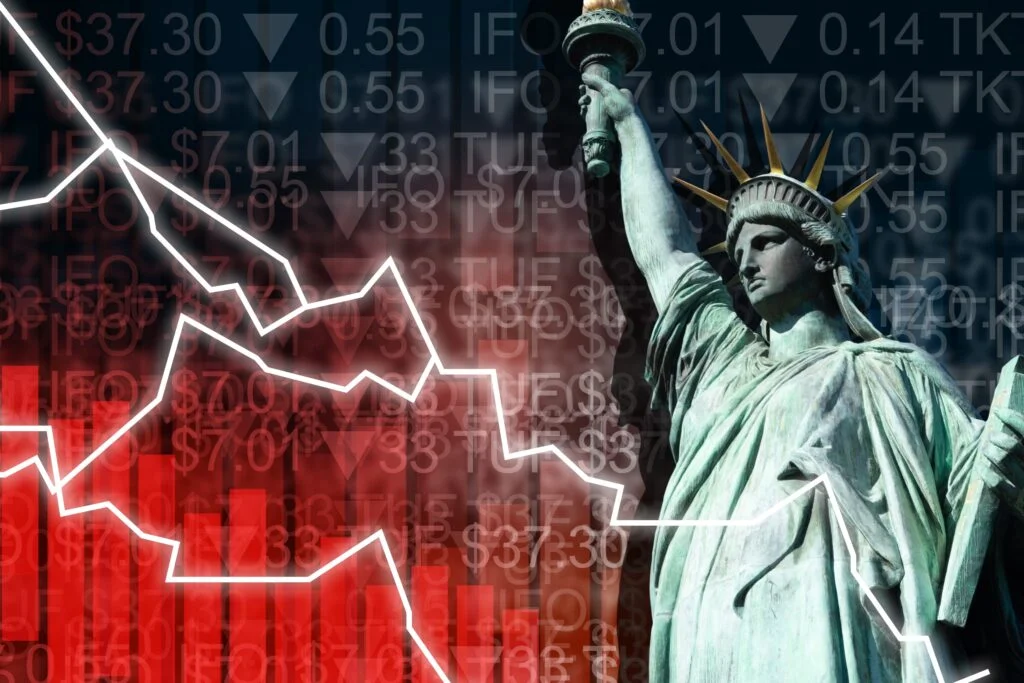Dot-Com Bubble Clone Or Bull Market? Get Ready For 1999-Style Market Melt-Up, Warns Fidelity’s Timmer As He Notes ‘Juicy’ Similarities

The current AI-driven market boom bears “juicy” resemblances to the exuberant run-up of the late 1990s dot-com era, according to Jurrien Timmer, Director of Global Macro at Fidelity Investments.
AI Boom’s Trajectory Mirrors Dot-Com Bubble
In a recent X post, Timmer suggested investors be prepared for a 1999-style market melt-up, drawing direct parallels between today’s market dynamics and the period leading up to the 2000 tech bust.
Timmer’s analysis highlights how the AI boom’s trajectory closely mirrors the 1994-2000 soft landing bull market, particularly noting that the past six months (April-October 2025) resemble the post-LTCM (Long-Term Capital Management) melt-up of 1998-2000.
He points out that the earlier boom was supported by three rate cuts from then-Fed Chair Alan Greenspan, implying a potential similar scenario for current and future monetary policy.
See Also: Warren Buffett Ratio Tops 216%, Valuation Metrics Mimic 1999 Crash As Powell Says Stocks Are ‘Fairly Highly Valued’ Amid Looming Bubble Speculations
Valuation Metrics Flash Red, Echoing 1999
Timmer’s observations come amid growing concerns from other financial experts and key indicators that suggest the market is entering historically overvalued territory. Federal Reserve Chair Jerome Powell recently acknowledged that “by many measures… equity prices are fairly highly valued.”
Indeed, several long-term valuation metrics are sounding alarms:
The Buffett Indicator, measuring Total Market Cap to GDP, has surged to an unprecedented 216.6%.
The Shiller Cyclically-Adjusted Price-to-Earnings (CAPE) ratio has surpassed 40 for the first time since 2000, nearing its all-time high of 44.19 reached in December 1999.
The forward P/E ratio for the S&P 500 stands at 22.8, approximately 40% above its long-run average, while mid-cap and small-cap stocks remain near their historical norms, indicating a narrow, top-heavy market.
GQG Partners And Wells Fargo Weigh In: ‘Dot-Com On Steroids’
Other major financial institutions are also drawing comparisons, though with differing levels of concern regarding a potential downside.
GQG Partners takes a more cautious stance, warning that while today’s tech giants may possess stronger balance sheets than their dot-com predecessors, “the consequences of the current AI boom could be worse than those of the dotcom era, as its scale—relative to the economy and the market—is far greater.” GQG’s research suggests that the current tech boom might be “Dotcom on Steroids,” fueled by potentially overstated earnings and unsustainable capital expenditure.
Wells Fargo Advisors echoes the sentiment of market concentration, observing that in both the dot-com era and today, “a small handful of stocks and sectors carried the S&P 500 to new record highs.” In 2000, information technology and telecom accounted for nearly half the index; today, technology, communications, and consumer discretionary — again dominated by mega-cap tech — make up more than 55%.
Powell Sees Overvaluation But Not Yet Alarmed
Despite the historical parallels and expert warnings, Fed Chair Powell has sought to temper immediate fears. While acknowledging high valuations, he stated, “I do not believe this is a time of elevated financial stability risks,” suggesting the central bank is not yet alarmed about systemic threats from asset prices.
Ultimately, while the AI-driven enthusiasm propels the market upwards with a “melt-up” reminiscent of the 1990s, the underlying metrics and expert analyses suggest investors should remain acutely aware of the “juicy” similarities to a period that ended dramatically.
Price Action
Here is a list of some AI-linked exchange-traded funds that investors can consider.
The SPDR S&P 500 ETF Trust (NYSE:SPY) and Invesco QQQ Trust ETF (NASDAQ:QQQ), which track the S&P 500 index and Nasdaq 100 index, respectively, rose on Thursday. The SPY was up 0.12% at $669.22, while the QQQ rose 0.41% to $605.73, according to Benzinga Pro data.
The futures of the S&P 500, Dow Jones, and Nasdaq 100 indices were higher on Friday.
Read Next:
Big Tech Stocks Mirror Dotcom Bubble But On ‘Steroids,’ Says Top Analyst: Could Repercussions Be More Pronounced Than 1999 Crash?
Disclaimer: This content was partially produced with the help of AI tools and was reviewed and published by Benzinga
Photo courtesy: Shutterstock



